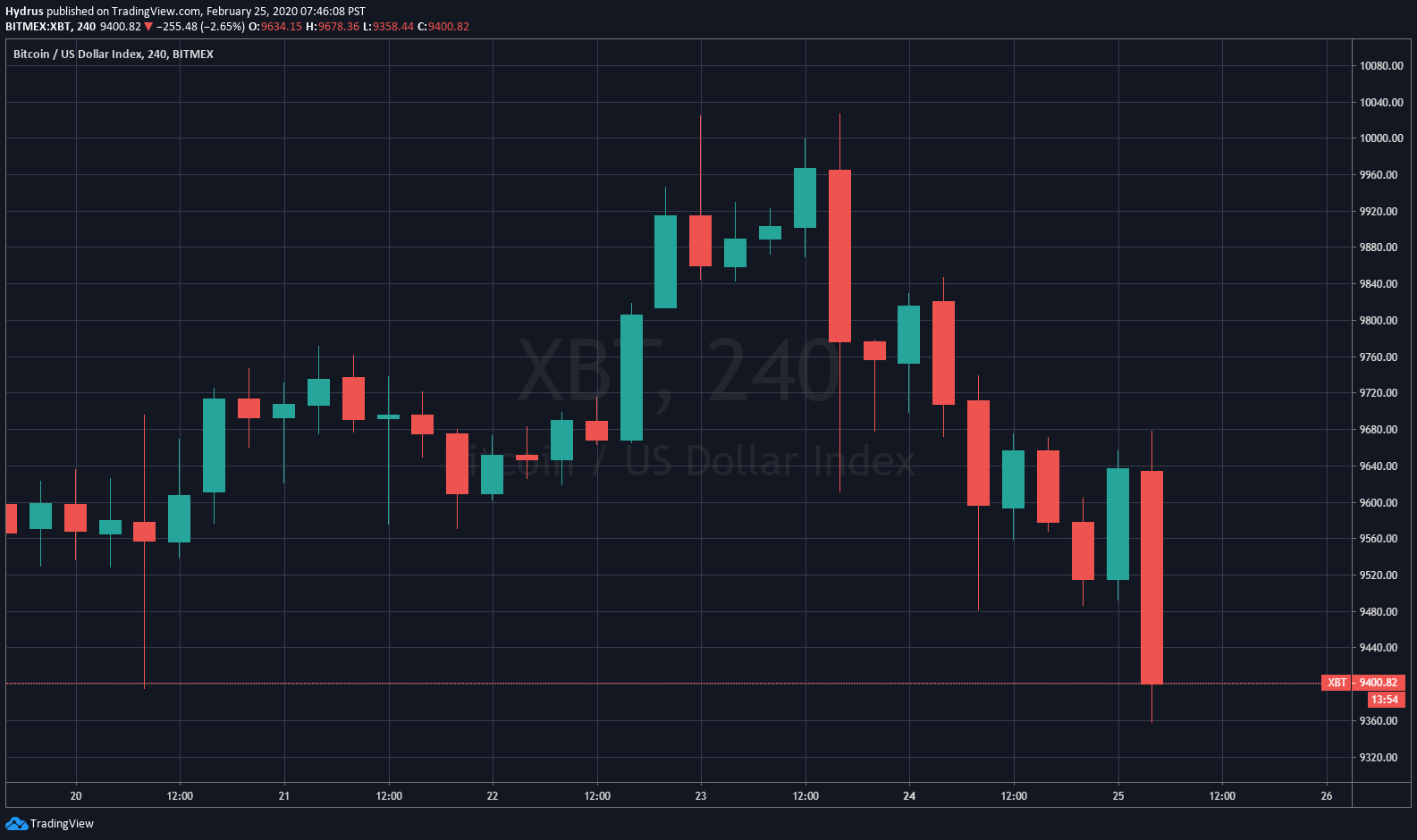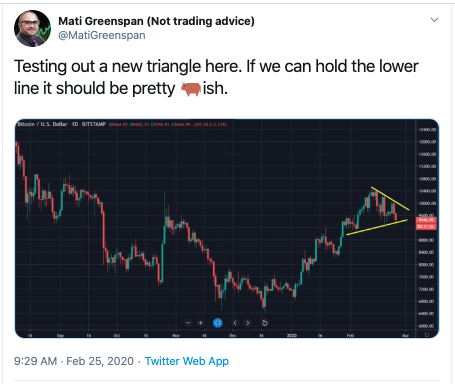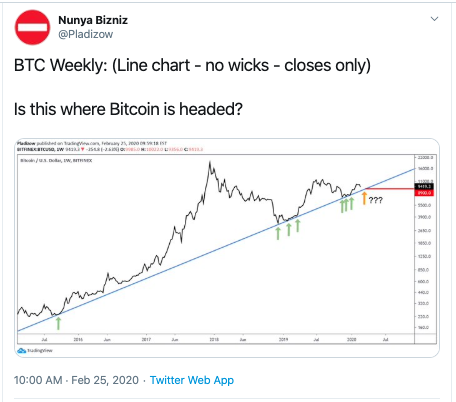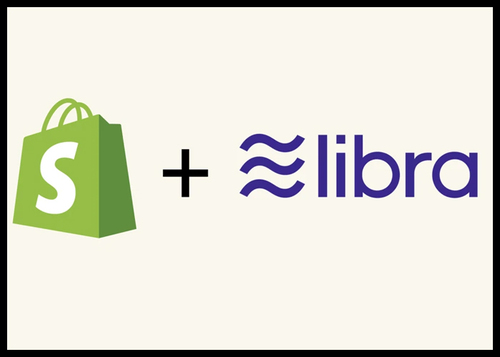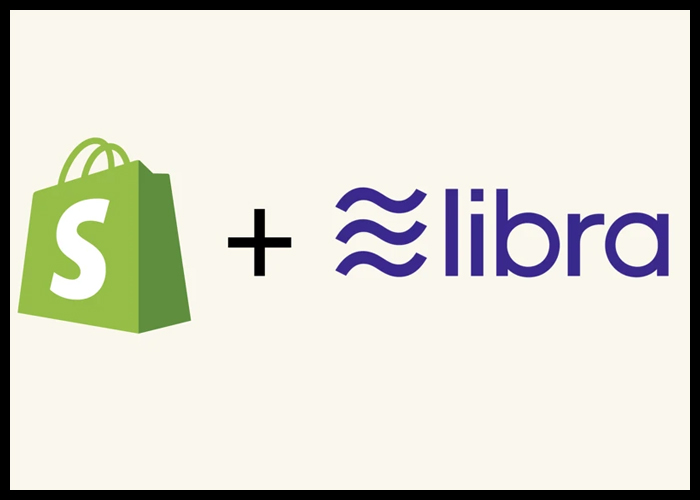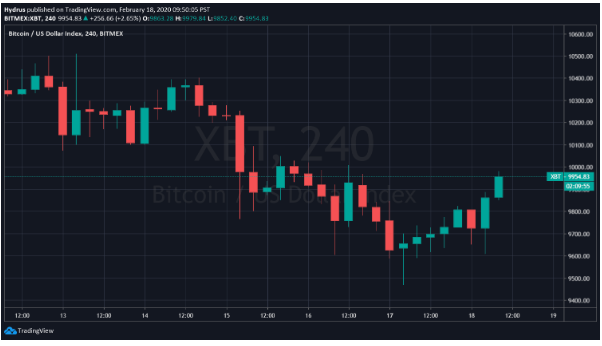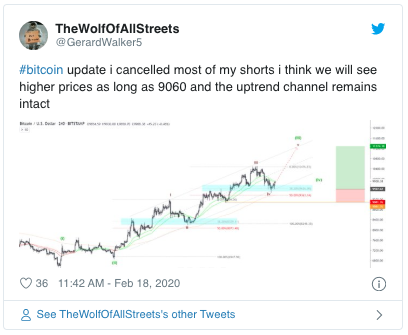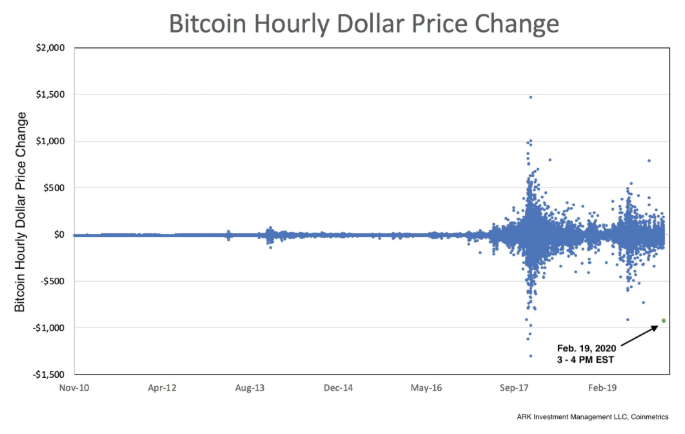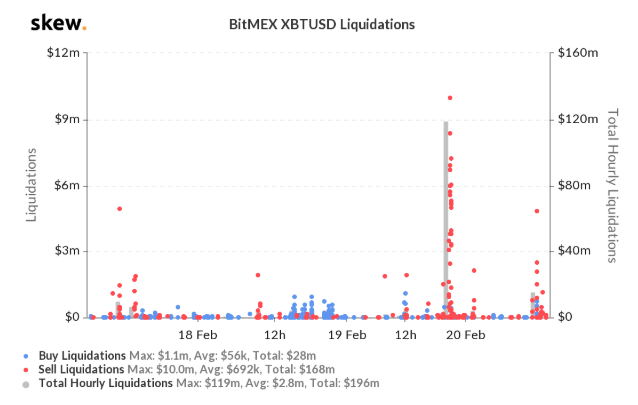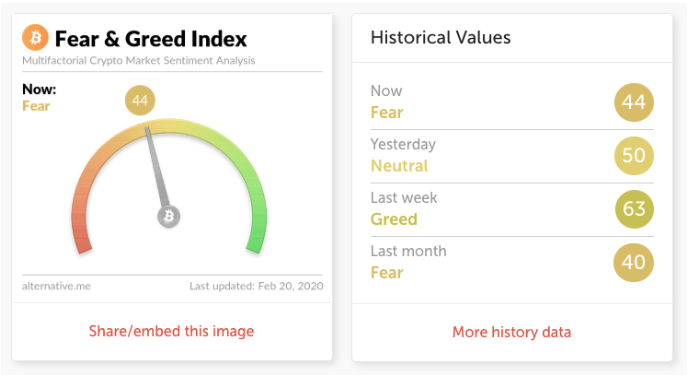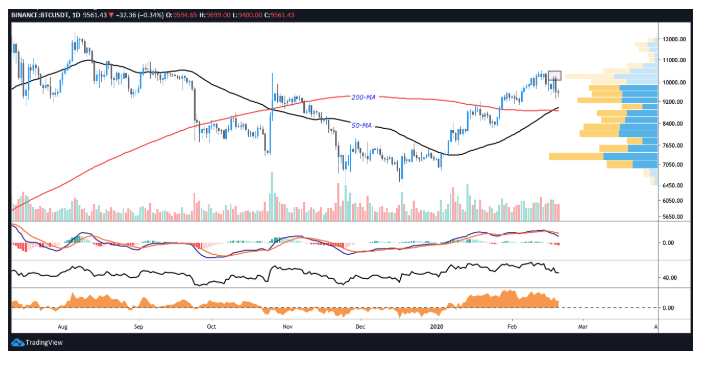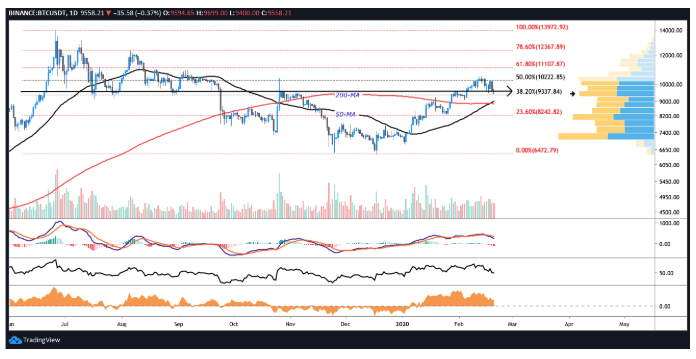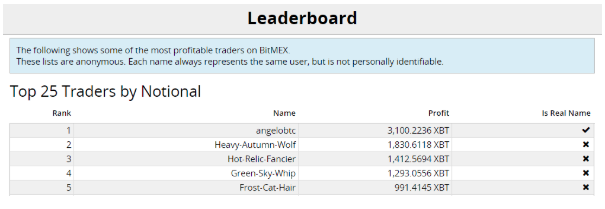How to Become an Influencer on LinkedIn

 JAN 2020
JAN 2020
LinkedIn is already huge, and it's growing bigger every year.
In fact, it has 660 million users across 200 countries.
And while it's not like Facebook and Instagram, which each have billions of users, LinkedIn is special to marketers.
This is because LinkedIn's focus is on business, jobs, and networking.
In fact, 80% of B2B leads come from LinkedIn, the highest for any social platform!
It's easy to see why you should market your brand on LinkedIn.
But it's not as simple as creating a profile and advertising your brand on the platform.
First, you need to gain trust by becoming a LinkedIn influencer.
How?
Here are five things you can do.
5 Easy Steps to Follow to Become a Trusted LinkedIn Influencer
You might have heard that LinkedIn invites popular influencers to become part of a special group on the platform.
These influencers include huge names like Bill Gates, Mary Barra, and Arianna Huffington.
Hoping to get an invitation from LinkedIn to join this special group feels like reaching for the stars.
The good news?
You don't have to be in this group to become an influencer in your own right.
All you need to do to gain attention for your brand is to prove your expertise and offer value to other users.
Step 1: Know Your Goals
Trying to achieve influencer status on LinkedIn will feel like going in circles if you don't first define your goals.
For instance:
- Do you want to get more followers on the platform?
- Do you want other LinkedIn users to visit your blog?
To begin, make a list of all the possible goals you can achieve through gaining influencer status on LinkedIn.
Once you've selected the right ones, it'll be easier to build your strategy around these goals.
For example, you want to become an influencer on LinkedIn to get clients for your freelance writing business.
Once you've listed this goal, you go on to take steps that'll make you the best choice for people looking for a freelance writer.
- You post exceptional content to show readers your writing skills.
- You make a list of your writing experience and expertise.
- You share rich media related to your profession.
Knowing your goal is the first step on the path to achieving it.
Step 2: Create a Superstar Profile
When people click on your profile, they don't want to see a blank photo and little to no information.
They want to be impressed by who you are.
You don't want your profile to appear like this.

Instead, you want to capture your unique personality in a vibrant profile photo.
Describe yourself, your passions, and accomplishments.
Use stunning graphics.
Here's what an attractive LinkedIn profile looks like.

Although LinkedIn focuses on B2B and jobs, this doesn't mean you should be impersonal and overly formal.
In business as in life, it's about making real connections with real people.
And your profile should show that, highlighting who you are and what your brand can do.
Step 3: Create & Curate Standout Content
Once your profile is ready, it's time to prove your expertise in your industry.
One excellent way to do it is through posting content.
What kind of content should you post?
Content That Speaks to Your Specific Audience
Before you even start writing, chalk out an audience persona.
You want to hit all your audience's hot buttons with your content.
For example, you own a copywriting service. You want to attract clients who understand that paying for quality copy is a smart investment.
To address these people, you wouldn't write content on a topic like "Five reasons to invest in quality copywriting." Instead, you'd do something like, "Five standout elements to look for when selecting the best copywriting agency."
Knowing exactly who you're speaking to will help you create consistent content.
Spectacular Content
The content you create should be uniquely yours.
It should enrich readers so they'll feel they've gained something priceless each time they consume what you've written.
To do this, learn about your readers.
Understand what they're trying to achieve.
Then, go online and read blogs on your topic.
How can you improve what's already been written?
Make your content stand out.
Also, be trustworthy.
Back up facts with stats, use charts and graphs, and cite reliable sources.
You want everything you write to be solid.
Media-Rich Content
Content doesn't only mean articles and posts.
It also means photos, videos, GIFs, and even memes.
As a general rule, it's a good idea to add a photo to every article you write.
Look at this post:

It's not only attractive because of its data-backed facts, but also because of its crisp, candid photo.
Curated Content
You don't have to squeeze yourself dry for enough time to publish a post on LinkedIn every single day.
For the days when you're loaded with work, you can post curated content.
Curated content is valuable to your readers.
What's more, it'll make you a trustworthy figure in their minds because they're connecting you with powerful influencers whose posts you share.
So, how do you find content from excellent sites and influencers in your niche?
It's easy.
You can use software like Instapaper and Listly.
Step 4: Invest Time in Networking
On any social media platform, it's not all about getting attention.
It's about giving attention as well.
Make time to comment on stellar posts from other influencers.
Build relationships based on trust.
It won't be long before you find your list of followers growing.
Step 5: Promote Your Content Across Channels
As a marketer, you want all your marketing channels to work together seamlessly.
You want them to be part of the whole story of your brand.
To do this, promote your LinkedIn profile on your blog. On Facebook. On Instagram. And vice versa.
The more exposure you get, the faster you'll reach your goals.
Are You Using LinkedIn to Grow Your Business?
LinkedIn is a powerful tool you can use to grow your business.
But to succeed on the platform, you first need to build credibility.
Remember, always focus on the value you can give prospective clients.
If you keep doing this and follow the five steps listed above, it won't be long before you're considered an influencer on LinkedIn.
Image Credits
All screenshots taken by the author, January 2020
Article written by Julia McCoy, and posted on the Search Engine Journal website.
Article reposted on Markethive by Jeffrey Sloe


